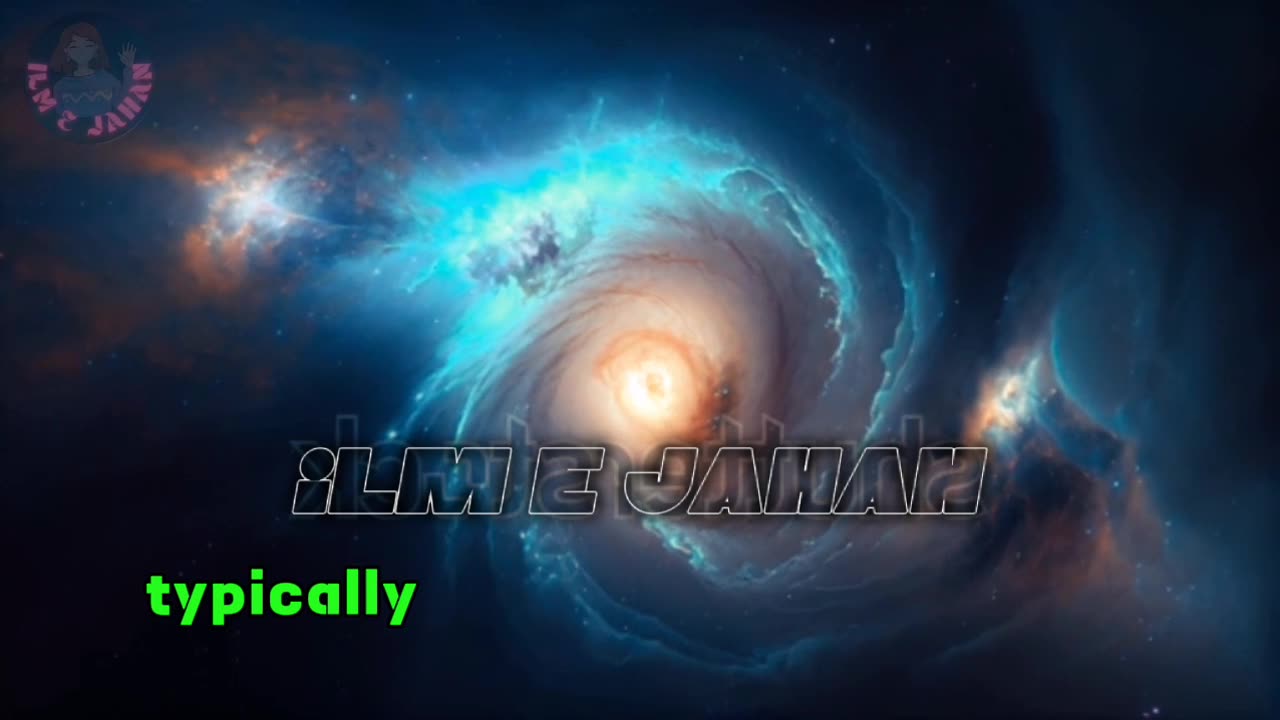Premium Only Content

A Galaxy’s Love-Hate Relationship with Black Holes
You probably know that one person in your life who's a rollercoaster of emotions. They can have you laughing hysterically one moment, and the next, they're pushing your patience to the limit. Sometimes, you wish you could part ways with them, but the very next day, you're glad you never followed through on that thought.
Well, the cosmos isn't so different from your personal dramas. In the cosmic theater, a captivating love-hate relationship unfolds.
Right at the heart of our Milky Way galaxy resides a colossal black hole. And when I say colossal, I mean it's at least four million times more massive than our Sun. While it's just a fraction of a percent of the galaxy's total mass, it stands as the most massive entity around. Moreover, it's got quite a temperament.
Every now and then, some celestial material, or even a stray star, ventures too close to this cosmic behemoth. The gravitational pull around such a massive black hole is nothing short of extreme – powerful enough to tear apart the unfortunate material or star. This destructive process unleashes an immense surge of energy, typically in the form of a massive burst of radiation.
The aftermath of this celestial cataclysm is visible in the remnants surrounding our galaxy's black hole, known as the Fermi Bubbles. These are two colossal regions of superheated plasma, extending thousands of light-years above and below the Milky Way's plane. They serve as a lingering remnant of a colossal cosmic feast devoured millions of years ago.
Ordinarily, one might assume that all this high-energy commotion would be detrimental. In many instances, that assumption would be correct. If the Earth were positioned significantly closer to the center of the galaxy, we'd be subjected to an overwhelming dosage of radiation, rendering our planet a scorched wasteland. Fortunately, the enormous black hole is comfortably distant, located 25,000 light-years away.
Nonetheless, these periodic bursts of energy disrupt the process of star formation – an activity that galaxies enthusiastically engage in. Creating stars involves taking massive matter clusters and compressing them into tiny volumes. But to achieve this, the gas must be chilled; otherwise, it remains obstinate. In the galactic center, where the black hole resides, things can go awry. When the black hole throws a cosmic tantrum, it infuses too much energy into its surroundings, impeding the formation of new stars.
Surprisingly, this isn't necessarily a negative turn of events. If left unregulated, galaxies might produce stars at an overly rapid pace. Since galaxies contain finite amounts of matter, there's a limit to the total number of stars they can generate during their existence. Speeding through star formation depletes their resources, leading to eventual cosmic fading.
However, these irritable black holes play a crucial role by tempering star production. They encourage galaxies to maintain a gradual, sustained pace of star formation rather than a hasty, unsustainable one. This provides galaxies like the Milky Way with the opportunity to continue generating stars for billions, perhaps trillions, of years.
So, I'd describe the connection between galaxies and black holes as...complex.
-
 LIVE
LIVE
ZWOGs
10 hours ago🔴LIVE IN 1440p! - EFT w/ crgoodw1n, Kingdom Come Deliverance, Splitgate 2, & More! - Come Hang Out!
651 watching -
 30:09
30:09
Afshin Rattansi's Going Underground
1 day agoCurtis Yarvin: ‘Trump 47 is 10x More Powerful than Trump 45’ & the TOXIC US-Israel Relationship
10.3K25 -
 LIVE
LIVE
Drew Hernandez
7 hours agoTRUMP HINTS DEMS COULD HAVE PLANTED FAKE EVIDENCE & MANIPULATED EPSTEIN FILES
992 watching -
 LIVE
LIVE
Eternal_Spartan
10 hours agoThe Legend of Zelda: Majoras Mask Ep. 5 | USMC Vet | Come Join the Best Chat on Rumble!!!!
92 watching -
 3:44:24
3:44:24
Barry Cunningham
5 hours agoBREAKING NEWS: LIVE COVERAGE OF NEW YORK POLICE OFFICERS UNDER SIEGE!
75.7K58 -

The Pascal Show
3 hours ago $0.34 earnedBREAKING! Active Shooter In Midtown Manhattan NYC Multiple People Shot!
11.7K -
 10:25
10:25
MattMorseTV
8 hours ago $2.05 earnedVance just DROPPED a NUKE.
27.1K34 -
 LIVE
LIVE
Jokeuhl Gaming and Chat
6 hours agoDARKTIDE - Warhammer 40k w/ Nubes and AoA
111 watching -
 LIVE
LIVE
Shoriantrax
2 hours agoLIVE: Hardcore Chaos in Tarkov – Loot, Die, Repeat!
14 watching -
 LIVE
LIVE
John_Goetz
3 hours agoJohn Gets Gaming - Medal of Honor Vanguard Part 2
16 watching